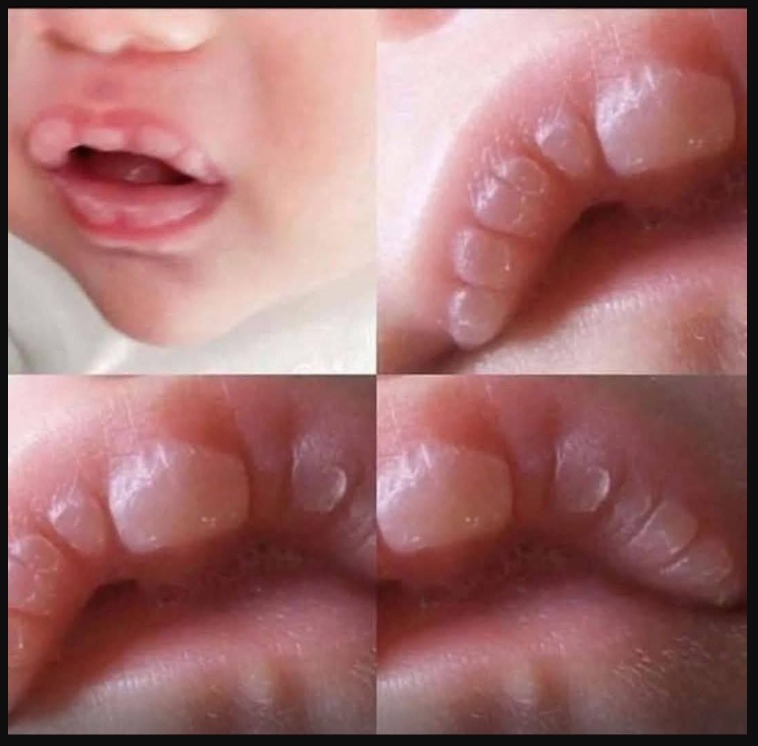Decoding Your Skin: Spotting the Difference Between Harmless Marks and Skin Cancer
Regular skin checks are crucial for early detection of skin cancer, significantly improving treatment outcomes and survival rates. This isn’t about becoming obsessed with every little imperfection, but rather understanding what to look for and when to seek professional medical advice. Early detection, particularly for melanoma, is paramount.
Understanding the Warning Signs: When a Spot Becomes a Concern
Skin cancer can manifest in various ways, making accurate self-assessment challenging. However, there are key indicators you should watch out for. Any spot that exhibits changes in size, shape, color, or texture warrants immediate attention. Similarly, sores that persistently itch, bleed, or fail to heal are cause for concern. Don’t hesitate; if something seems unusual, schedule a consultation with a dermatologist. They possess the expertise to determine whether your concerns are valid.
The ABCDEs of Melanoma Detection
While the above applies to all skin cancers, melanoma requires specific attention due to its aggressive nature. Remember the ABCDEs:
- A – Asymmetry: One half of the spot doesn’t match the other.
- B – Border: The edges are irregular, ragged, notched, or blurred.
- C – Color: The color is uneven and may include shades of brown, tan, black, red, white, or blue.
- D – Diameter: The spot is larger than 6 millimeters (about the size of a pencil eraser).
- E – Evolving: The spot is changing in size, shape, or color.
If a mole or spot displays any of these characteristics, seeking professional medical evaluation is non-negotiable.
Common Types of Skin Cancer: A Closer Look
Several types of skin cancer exist, each with distinct characteristics:
Basal Cell Carcinoma (BCC): The Slow-Growing Threat
BCC is the most common type of skin cancer. It typically presents as a pearly or waxy bump, often shiny in appearance. It can also appear as a flat, scaly patch. BCC is generally slow-growing and usually develops on sun-exposed areas of the body, such as the face, ears, and neck.
Squamous Cell Carcinoma (SCC): Faster Progression Requires Vigilance
Unlike BCC, SCC is a faster-growing cancer. It often manifests as a firm, red, scaly, or crusted lump. These lesions may bleed or become tender. SCC also commonly occurs on sun-exposed skin but can develop elsewhere on the body.
Melanoma: The Most Serious Skin Cancer
Melanoma is the most dangerous type of skin cancer, known for its potential to metastasize rapidly. It can present as a new mole or a pre-existing mole that undergoes significant changes. As previously mentioned, the ABCDEs provide crucial guidelines for identifying potentially cancerous moles. A particularly aggressive form, nodular melanoma, grows quickly and requires immediate medical attention.
Taking Control: Proactive Skin Health
Regular self-exams, coupled with annual professional skin checks by a dermatologist, are the cornerstones of skin cancer prevention and early detection. Don’t underestimate the power of early intervention; it can significantly impact treatment outcomes and improve your chances of a full recovery. Take charge of your skin health – your life depends on it.
